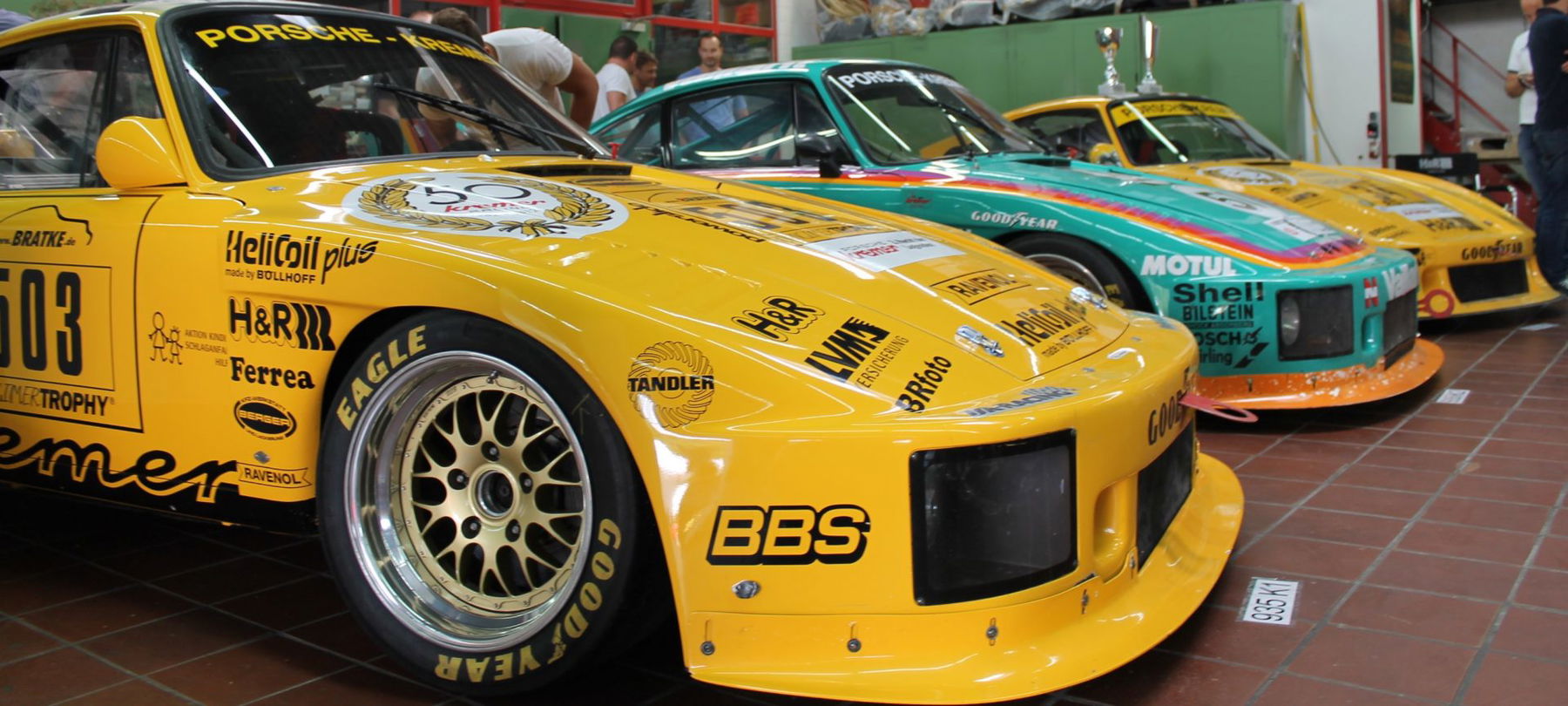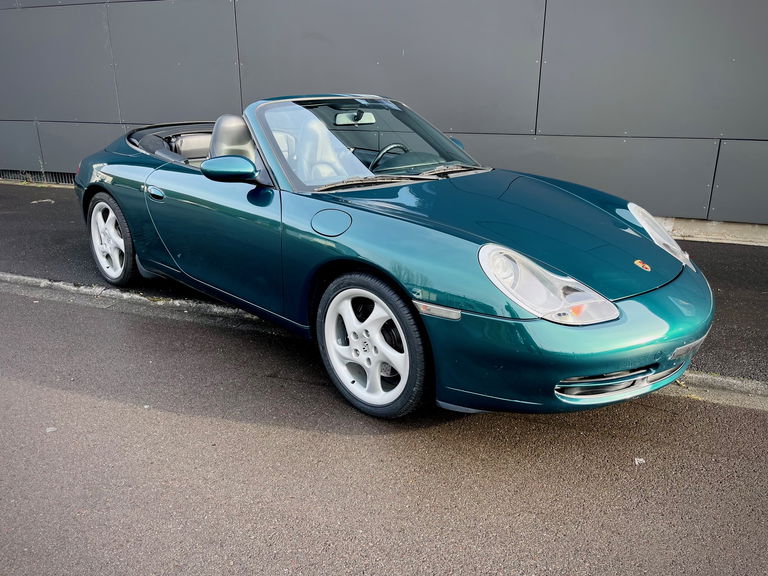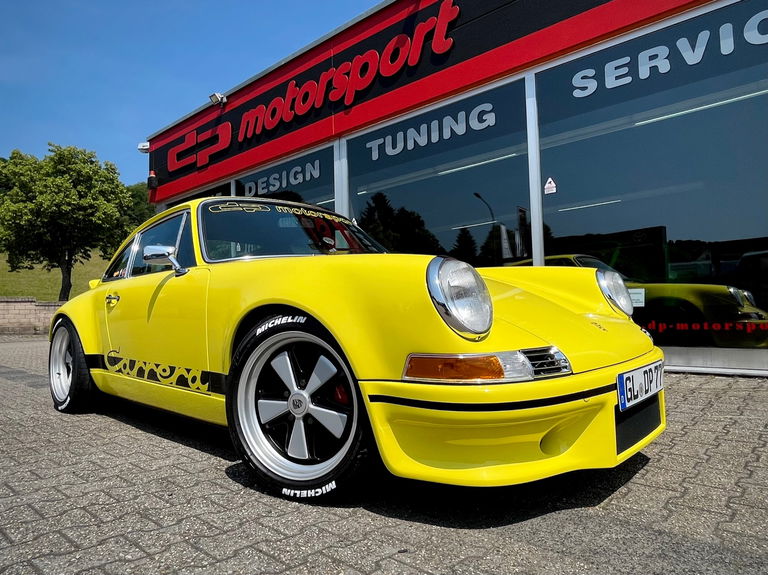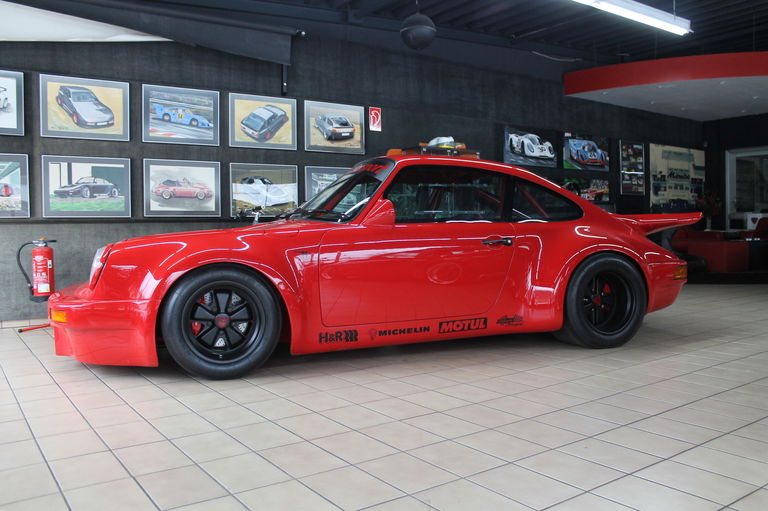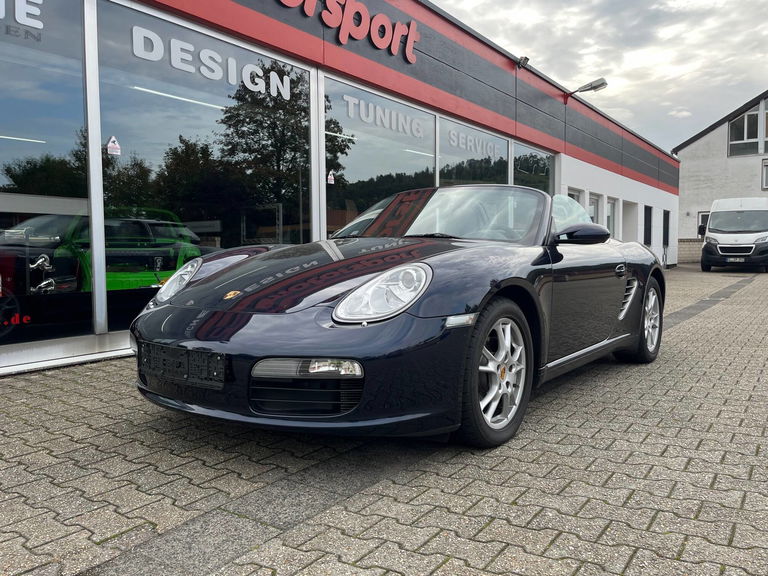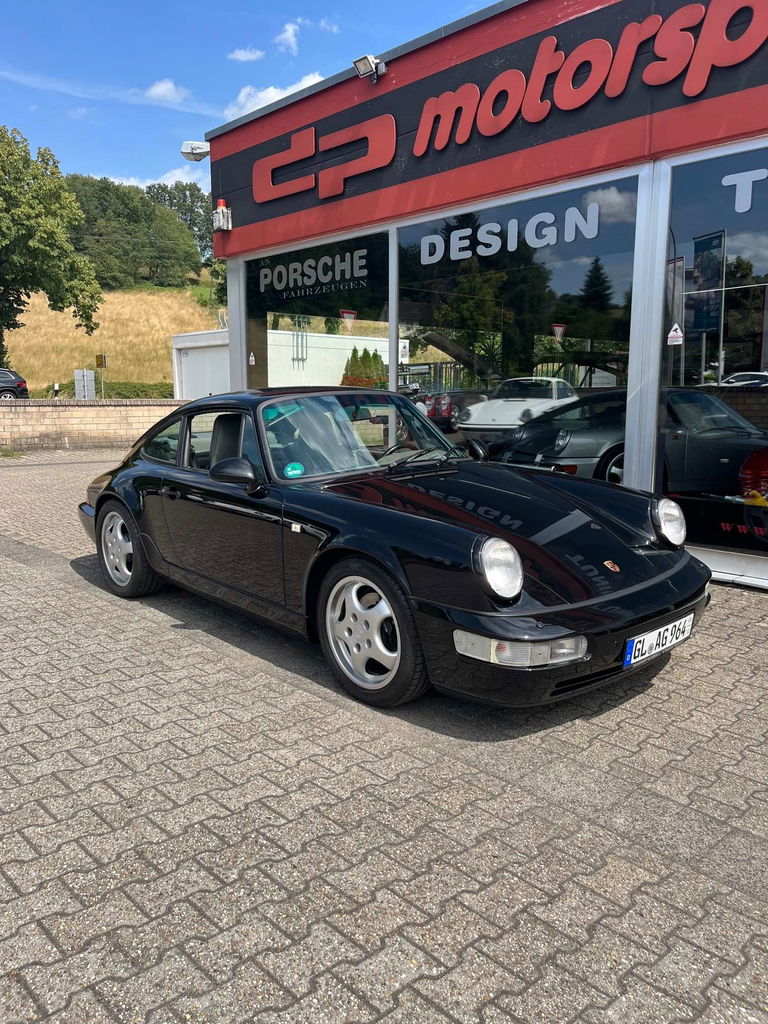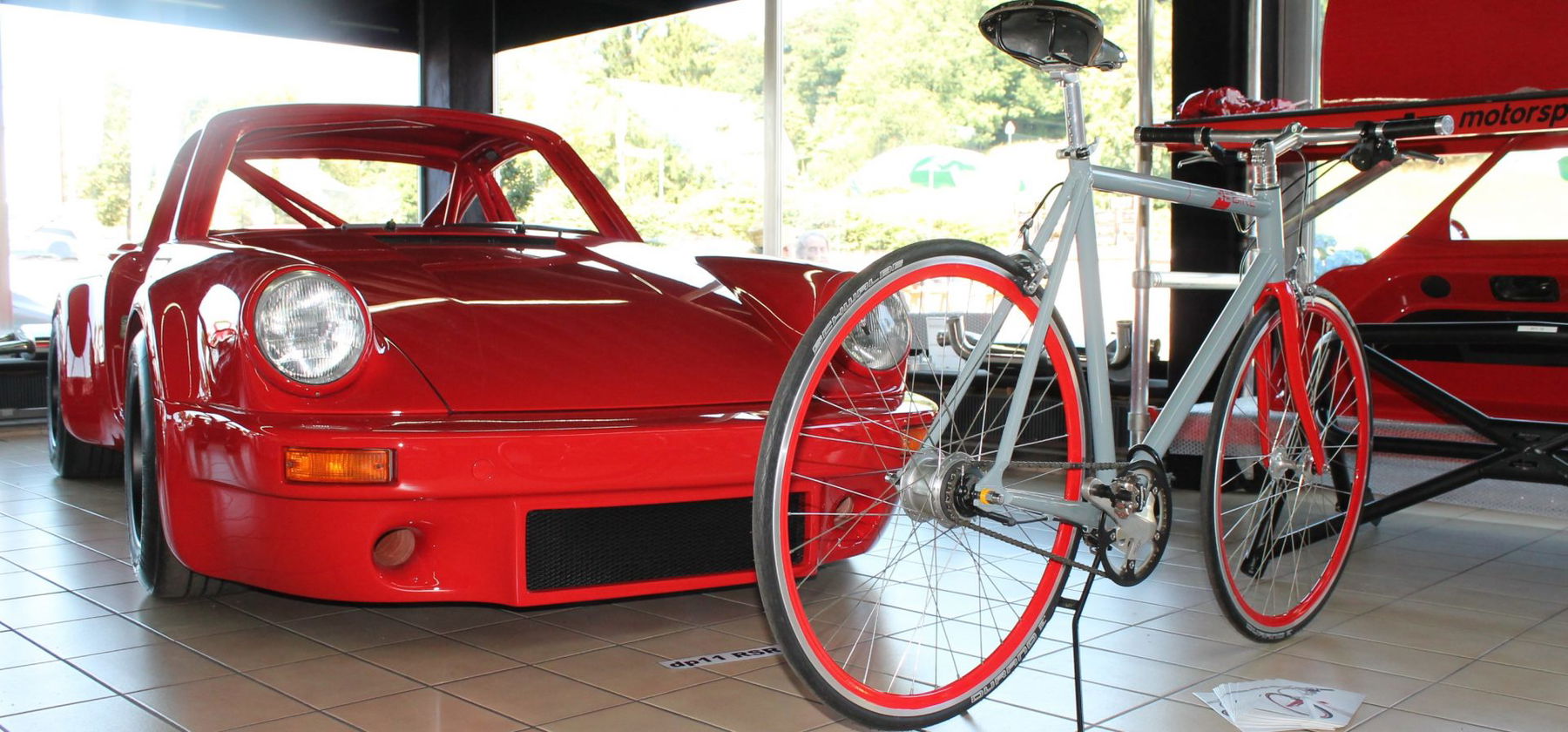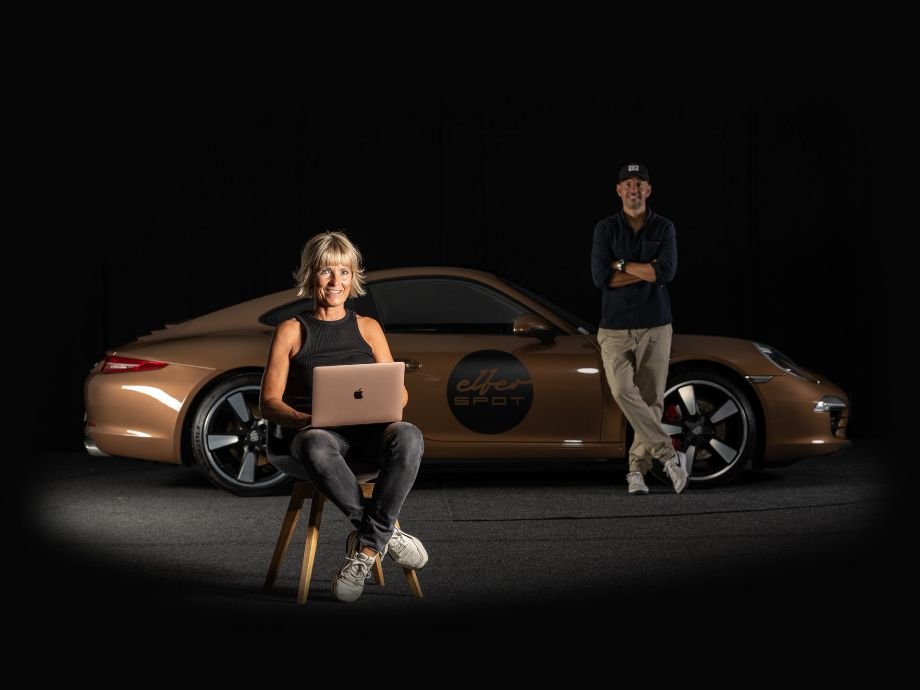In 1979, a Kremer-dp conversion of the Porsche 935, the "K3" (with Klaus Ludwig as one of the drivers), even won the overall 24 Hours of Le Mans – neither before nor since has a so-called production car been so successful. The K3 not only dominated European racing championships, it also celebrated similar successes in the USA with victories in the IMSA series. When the C series was then created, dp motorsport was once again at the forefront.
In 1980, the "CK5" was built for the Kremer brothers, followed by several other C types for the Joest Racing Team – vehicles that largely dominated the racing scene. Ekkehard Zimmermann developed his increasingly comprehensive modifications to the road models from the racing vehicles. In the end, only the roof of the 935 conversions was "original Porsche". Even the doors – although still in the Porsche design – were made of fibre-reinforced plastic. Interest in the dp design was huge; the 935-I and its successor, the 935-II, found fans and buyers not only in Europe and the USA, but all over the world.
E. Zimmermann's passion for design has left no Porsche model untouched. He was never interested in letting his imagination run wild. He endeavoured to optimise the given car body, to find the important lines, to highlight them more clearly, to combine them harmoniously and to design the transitions between the different body areas so that the whole car appears to have been cast from a single piece. The basic shape – whether it is a "classic" Porsche or the 928 / 944 family – is always recognizable.
The highlight is the "944 Cargo" from the 1980s, the conversion of a Porsche 944 into the perfectly styled "most beautiful station wagon in the world". And there is also a telling example of the technical perfection of dp motorsport products, a racing 962 (built in 1983) that was modified in cooperation with the TÜV type testing center in Cologne to such an extent that the 650 hp biturbo bolide was approved for use on the road. This vehicle is still on the roads today and continues to attract attention.
Ekkehard Zimmermann recently caused a sensation on the race track with the "996 dp5" (also known as "Turbinchen") for the brothers Uwe and Jürgen Alzen. On their maiden voyage in May 2003 at the 24-hour race on the Nürburgring, they immediately beat the previous lap record and took pole position in qualifying. Lap records and victories became almost a matter of course in the following races.
At the end of 2005, planning began for a new, unusual project: the dp Gallardo. Together with Raeder Motorsport, it was decided to build a Lamborghini with a carbon fiber body in order to achieve overall victory in the 24-hour race on the Nürburgring Nordschleife.
Building on decades of experience, dp motorsport has developed into a specialist in the production of absolutely unique pieces. In particular, backdating 964 models to partially or completely resemble the F model from the 1970s is becoming increasingly popular. As with every vehicle, no customer wish is left unfulfilled in terms of interior, exterior or drive. Whether restoration, complete construction on a bare body, procurement of a base vehicle or installation of accessories, everything is possible in the dp specialist workshop.
In the future, too, son Patrick and his crew, with the active support of his father, will ensure that the name "dp motorsport" remains on everyone's lips in the Porsche scene.

